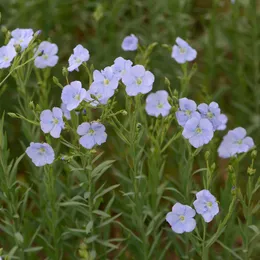Search Plants
Try for Free
English


Top 20 Most Common Plants in Rajgir
In Rajgir, you can find Chick Pea, Eggplant, Pigeon pea, Wheat, Madagascar periwinkle, and more! There are 20 types of plants in total. Be sure to look out for these common plants when you’re walking on the streets, in parks, or public gardens.
























